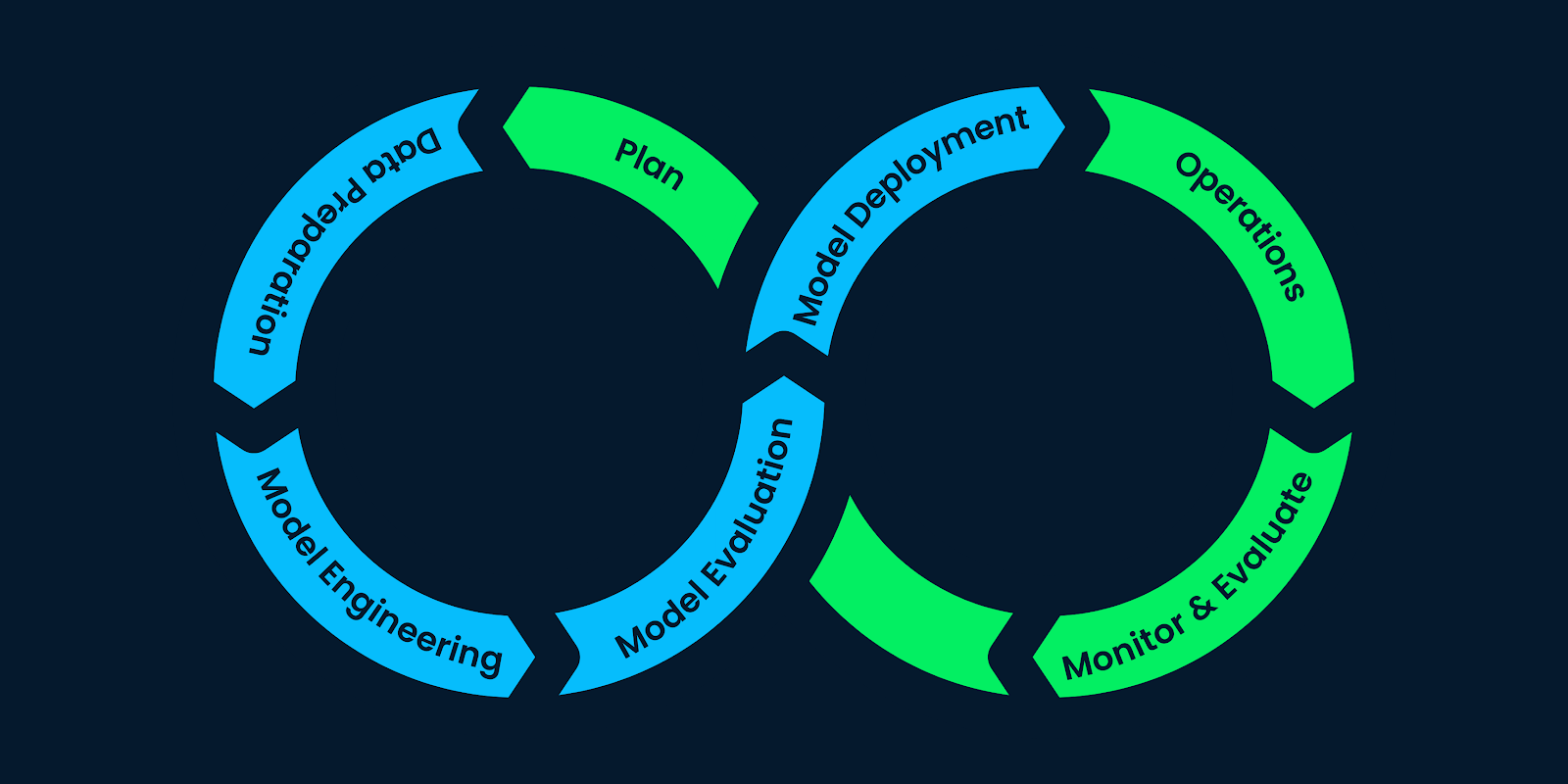The Machine Learning Lifecycle
In today’s data-driven world, machine learning has emerged as a groundbreaking technology that enables computers to learn from and make predictions or decisions based on data. The machine learning lifecycle encapsulates the journey that data scientists, engineers, and analysts embark upon to create robust and effective machine learning models. This guide will walk you through the various stages of the machine learning lifecycle, equipping you with the knowledge needed to navigate each phase successfully.
Understanding the foundational concepts of the machine learning lifecycle is crucial for harnessing its power. This process-driven approach ensures that machine learning models are not just accurate, but also scalable and maintainable. Let’s dive into the core stages of the machine learning lifecycle.
Data Collection and Preprocessing: Laying the Groundwork
Before embarking on any machine learning journey, data collection takes center stage. The quality and quantity of your data play a pivotal role in the effectiveness of the eventual model. During this phase, data is gathered from diverse sources, ensuring a comprehensive representation of the problem at hand. LSI Keywords: data acquisition, data preprocessing
Exploratory Data Analysis: Unveiling Insights
Once the data is collected, it’s time to roll up your sleeves and delve into exploratory data analysis (EDA). EDA involves uncovering patterns, correlations, and anomalies within the dataset. This stage lays the foundation for feature engineering and selecting the most relevant attributes for training the model. LSI Keywords: data visualization, data patterns
Feature Engineering: Crafting the Inputs
Feature engineering is an art that transforms raw data into meaningful features that the model can understand. This process involves selecting, modifying, and creating features to enhance the model’s performance. Effective feature engineering can significantly impact the model’s accuracy and generalization capabilities. LSI Keywords: feature selection, feature transformation
Model Building and Training: Constructing Intelligence
With the preprocessed data and engineered features in hand, it’s time to build and train the machine learning model. This phase involves selecting the appropriate algorithm, splitting the data into training and validation sets, and fine-tuning hyperparameters to achieve optimal performance. LSI Keywords: algorithm selection, hyperparameter tuning
Model Evaluation and Validation: Ensuring Reliability
Evaluating the model’s performance is crucial before deploying it in real-world scenarios. Various metrics and techniques, such as cross-validation and confusion matrices, help measure the model’s accuracy, precision, recall, and more. Rigorous validation ensures that the model generalizes well to unseen data. LSI Keywords: performance metrics, validation techniques
Model Deployment: From Lab to Reality
Deploying a machine learning model marks the transition from experimentation to application. The model is integrated into the production environment, where it processes new data and generates predictions or decisions. This phase requires close collaboration between data scientists and software engineers to ensure smooth integration. LSI Keywords: real-time predictions, deployment strategies
Monitoring and Maintenance: Sustaining Performance
The journey doesn’t end with deployment. Continuous monitoring is essential to ensure the model’s performance remains consistent over time. As data evolves, the model might encounter drift or degradation. Regular updates, retraining, and refinement are necessary to maintain the model’s efficacy. LSI Keywords: model drift, performance monitoring
FAQs
How long does the machine learning lifecycle typically take?
The duration of the machine learning lifecycle varies depending on factors such as the complexity of the problem, the size of the dataset, and the resources available. However, a typical lifecycle can range from a few weeks to several months.
Can I skip the exploratory data analysis phase?
Skipping exploratory data analysis is not recommended. EDA uncovers insights about the data that can influence feature engineering and model performance. It’s a crucial step in understanding the nuances of your dataset.
What role do domain knowledge experts play?
Domain knowledge experts contribute valuable insights during various stages of the lifecycle. They help in framing the problem, selecting relevant features, and interpreting the model’s predictions in real-world contexts.
How often should I retrain the deployed model?
The frequency of retraining depends on the rate of data change and model performance degradation. Regular monitoring helps identify when retraining is necessary. Some models might require retraining weekly, while others can go for months without significant changes.
Are there tools that assist in different stages of the lifecycle?
Yes, there are several tools and frameworks available to streamline the machine learning lifecycle. For data preprocessing, tools like pandas and scikit-learn are popular. TensorFlow and PyTorch are widely used for model building and deployment.
What challenges might I face during deployment?
Deployment challenges include integrating the model into existing systems, ensuring real-time predictions, handling data inconsistencies, and maintaining model performance in dynamic environments. Thorough testing and collaboration between teams can mitigate these challenges.
Conclusion
The machine learning lifecycle is a systematic roadmap that transforms raw data into intelligent decisions. Each phase plays a crucial role in ensuring that the model not only performs accurately but also adapts to changing data and environments. By mastering the intricacies of the machine learning lifecycle, you can unlock the true potential of data-driven insights and pave the way for innovation in various domains. Embrace the journey, and let machine learning guide you toward informed decision-making and transformative solutions.
SOURCEBAE; HIRE REACT DEVELOPER





